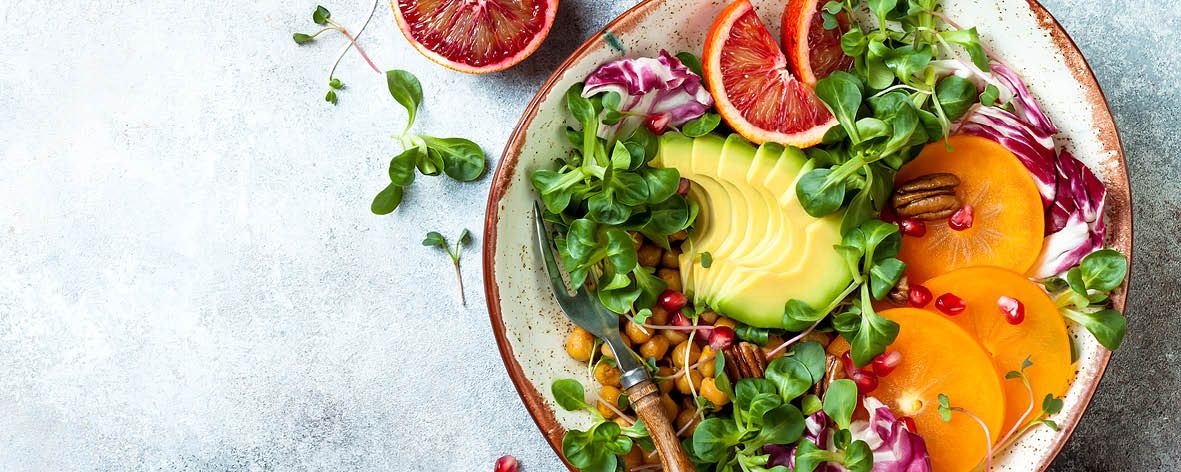The best of both worlds … life as a flexitarian

You’ve heard of vegetarian and vegan, but what is a flexitarian and what are the benefits of this style of eating? The term flexitarian is a fusion of the words flexible and vegetarian, and as the name suggests, flexitarians follow a more flexible approach to vegetarianism, by enjoying a predominantly vegetarian diet, without completely eliminating meat or other animal products. Flexitarianism has become a popular lifestyle choice for those who wish to improve their health and reduce their carbon footprint. So if you want to enjoy the health benefits of a plant-based diet but can’t face the thought of never eating a burger or steak again, this could be the eating plan for you.
The flexitarian approach is easier to stick to than other diets as it is about adding foods to your diet rather than excluding foods. For example, by cutting down your meat intake you can introduce other sources of protein such as plant-based foods like lentils, peas, nuts, seeds and beans. But how much or little meat should you eat if you are a flexitarian? Ultimately with this style of eating that is a personal decision but if you want to give it a try start by forgoing meat two days a week and choosing good quality lean meat on the days when you do consume it. Over time you can increase the number of days that you go without meat, so that you may end up only eating meat once or twice a week.
There’s significant scientific research to support the health benefits of a lifestyle that increases your consumption of plant-based foods such as the flexitarian diet. For those trying to lose a few kilos, the emphasis on eating lots of fruits, veggies and whole grains will make you feel full on fewer calories than you’re used to which makes losing weight almost inevitable. A large study found that people who followed a flexitarian diet had a lower risk of heart disease and stroke, and that flexitarians may live about 3.6 years longer than their carnivorous counterparts, likely due to a reduce risk of diseases such as heart disease, diabetes and cancer.
If you want to get started on a flexitarian style of eating remember these tips:
1. Incorporate at least five portions of fruit and vegetables each day to ensure that you are getting all the nutrients your body needs.
2. Eat good sources of iron-rich foods such as leafy green veggies and drink a small glass of fruit juice with your meals as the Vitamin C will aid iron absorption.
3. Try out vegetarian recipes or reinvent your favourite recipes by swapping meat for beans or legumes.
4. Change your portions. On days when you choose to eat meat, poultry or fish, your plate should consist of 25% of protein, 25% whole grains such as brown rice, whole grain pasta or quinoa, and 50% fruit and vegetables.
5. Remember to incorporate regular exercise into your week to ensure a healthy and balanced lifestyle

